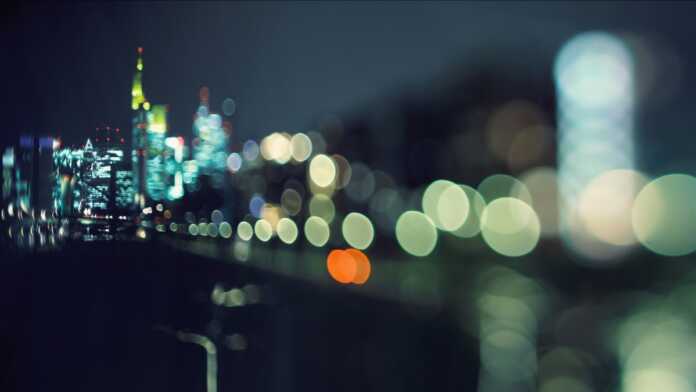These are the basic rules for a beautiful bokeh
Blur is especially noticeable when there are bright highlights in the background. These then become respectable, large and soft circles of confusion, or, with inferior lenses, ugly onion rings, hexagons or similar shapes. The former appearance is often desirable, while the latter effects are more likely to be avoided. This realization has moved the photographers with the term bokeh to introduce a measure for the “quality of the blurriness”. Lenses with beautiful bokeh are characterized by a pleasantly soft blur with large, soft and even circles of confusion.
c’t photography 4/22
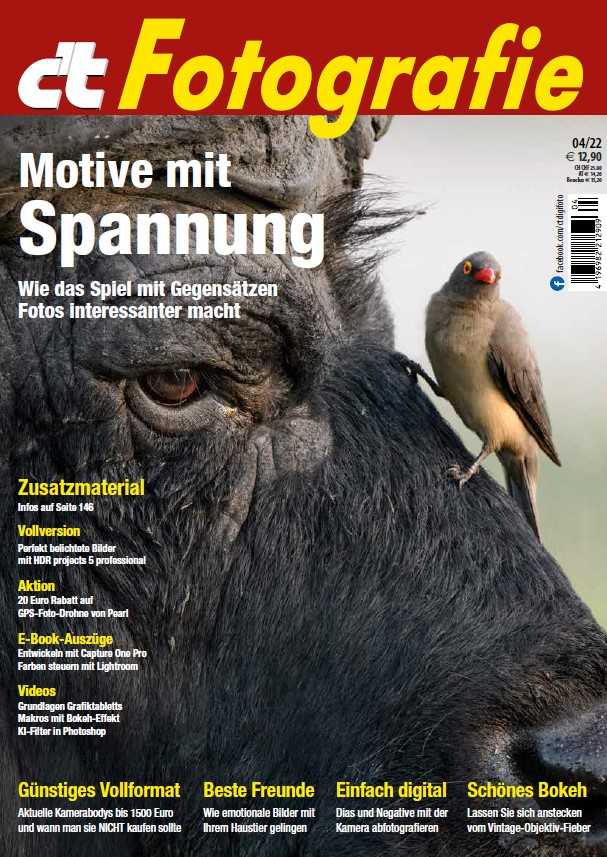
Exciting motifs: play of photogenic opposites * full format cameras up to 1500 euros * carefree photography on the water * desert photography * macro specialists from Laowa in the test * vintage lenses with special bokeh * photographing people and their animals * practical test: hip belt systems * photographing slides and negatives * Develop your own image styles with color grading + workshops on color and contrast development * Work faster with the graphics tablet
Bokeh can be addictive
But be warned, bokeh can be addictive. While this addiction is not dangerous to your health, it is dangerous to your wallet. High-quality, fast lenses are best for pronounced bokeh effects, and these can be really expensive depending on the focal length and speed. But fear not, even with inexpensive lenses you can create pronounced, buttery-smooth blur effects. It just has to be the right optics and you have to use them skillfully.
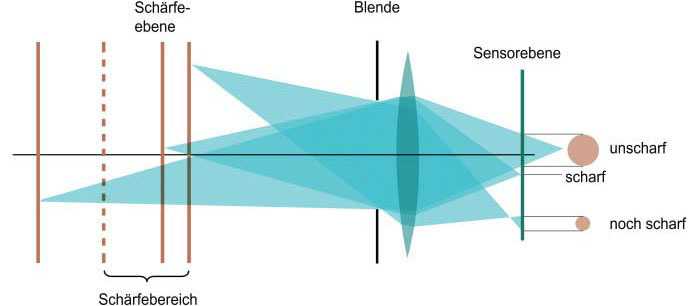
When determining the depth of field, the first question is which diameter of the circle of confusion is still tolerable.
Out of focus, scattered or blurred
The word bokeh comes from the Japanese and stands for out of focus, scattered or blurred. As already mentioned, the term is used in photography to characterize the aesthetic quality of the blur in the photographic image. This becomes particularly clear at points of light that, when recorded out of focus, become large circles of confusion. Bokeh lovers want circles that are large, full, and round, that are evenly colored, and that have a rather soft outer edge. Appearances such as onion rings, hexagons or octagons, cut circles or circles that are simply too small are less aesthetically pleasing. The requirement for this last property – large circles – is the easiest to explore technically. The depth of field and the background blur play an important role here.
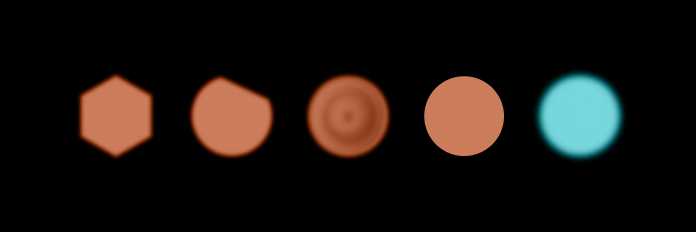
The evaluation of whether a lens has good or less good bokeh is subjective. Often, however, angular, cropped, onion-ring-shaped or too sharp circles of confusion are assigned to rather inferior bokeh. In this example, only the circle on the right would show good bokeh.
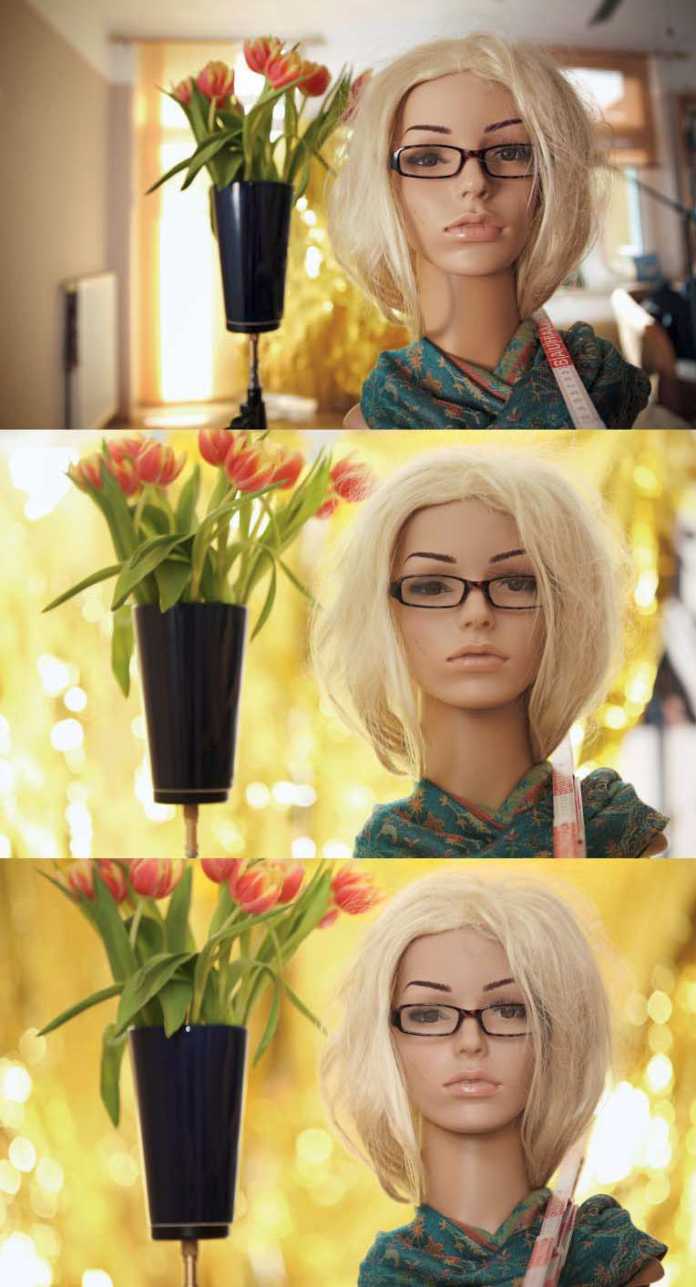
Photographs with a focal length of 24 mm, 70 mm and 200 mm, with a different object distance for the same image content in the sharp zone (constant aperture f/2.8). The depth of field is almost the same in the three shots, but the perspective changes. The background increases in size as the focal length increases, and with it the circles of confusion also increase.
Basic rules for beautiful bokeh
There are a few basic rules for capturing beautiful bokeh:
– Use a camera with a full frame sensor or a medium format camera.
– Use a long focal length (e.g. fix a 70-200 telephoto zoom at < 200mm).
– Use a fast lens and open the aperture to the maximum.
– Get as close to the subject as possible. In people photography, a compact pose of the model helps here.
– Choose a scene where the background is far away.
– Present the picture as large as possible. The blurriness appears more extreme on enlarged sections and large prints than on Facebook thumbnails.
35mm DSLR 5D Mk II with EF 50mm f/1.8 II, stripped and attached to DIY tilt-shift adapter; Camera on tripod ISO 100 f/1.8 1.3 s” class=”legacy-img ” decoding=”async” height=”427″ loading=”lazy” src=”https://voonze.cloudimg.io/width/696/q50.png-lossy-50.webp-lossy-50.foil1/_www-voonze-de_/imgs/18/3/5/9/4/0/4/6/044b-d966a5e8f7aecd81.jpeg” srcset=”
https://voonze.cloudimg.io/width/336/q30.png-lossy-30.webp-lossy-30.foil1/_www-voonze-de_/imgs/18/3/5/9/4/0/4/6/044b-d966a5e8f7aecd81.jpeg 336w,
https://voonze.cloudimg.io/width/1008/q30.png-lossy-30.webp-lossy-30.foil1/_www-voonze-de_/imgs/18/3/5/9/4/0/4/6/044b-d966a5e8f7aecd81.jpeg 1008w,
https://voonze.cloudimg.io/width/1392/q30.png-lossy-30.webp-lossy-30.foil1/_www-voonze-de_/imgs/18/3/5/9/4/0/4/6/044b-d966a5e8f7aecd81.jpeg 2x
” width=”696″>
Extreme focus gradients, even with large object distances? No problem, thanks to Anti-Scheimpflug. 35mm DSLR 5D Mk II with EF 50mm f/1.8 II, stripped and attached to DIY tilt-shift adapter; Camera on tripod | ISO 100 | f/1.8 | 1.3s
In addition to the classic bokeh mentioned above using a suitable lens, there are other ways to create extreme blur. In our article in c’t Fotografie 5/2016 you will learn how you can use Bokehrama create impressive blur even with simple lenses and how you can with one homemade tilt-shift adapter immerse yourself in unimagined spheres.
(tho)
